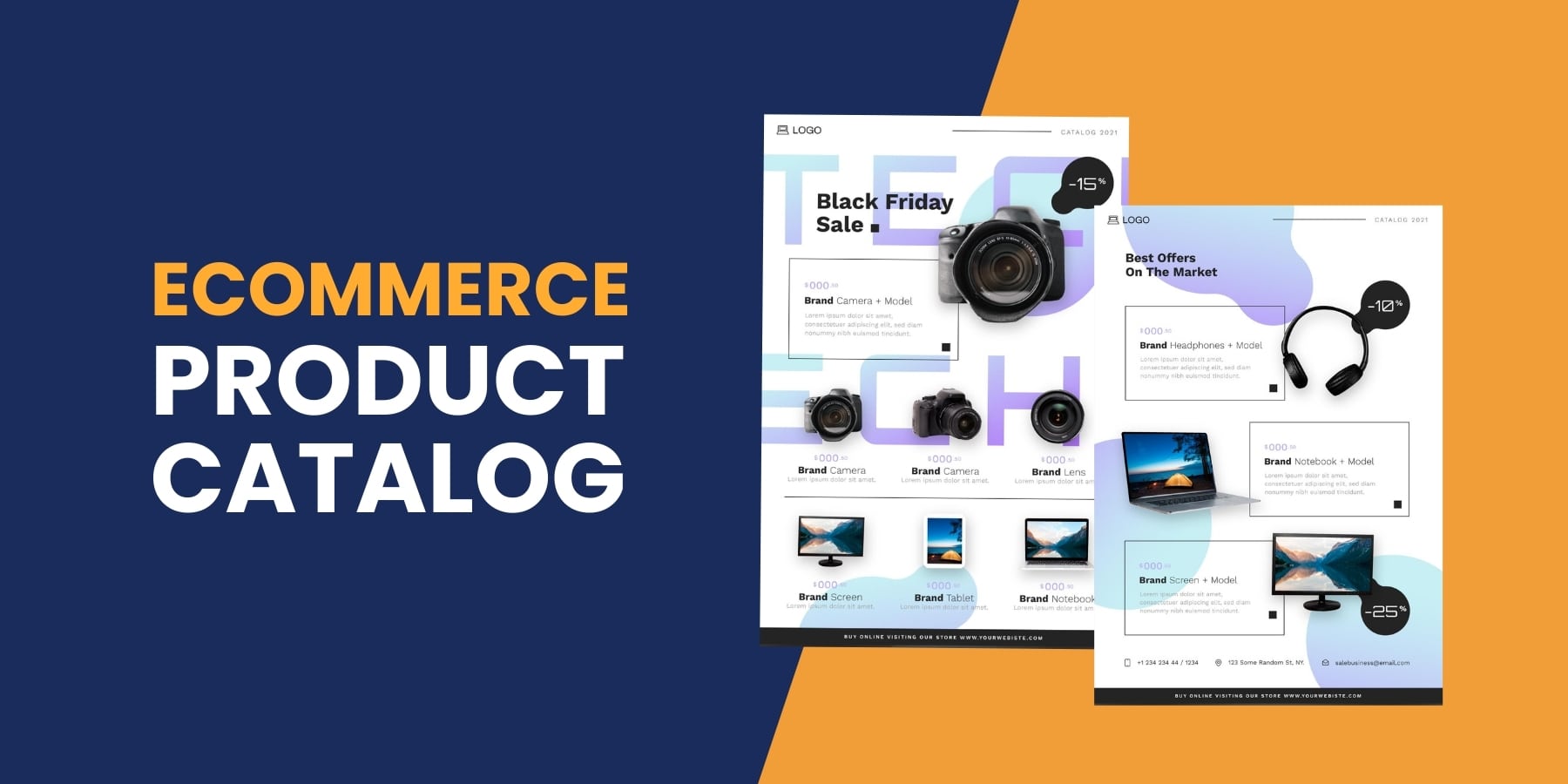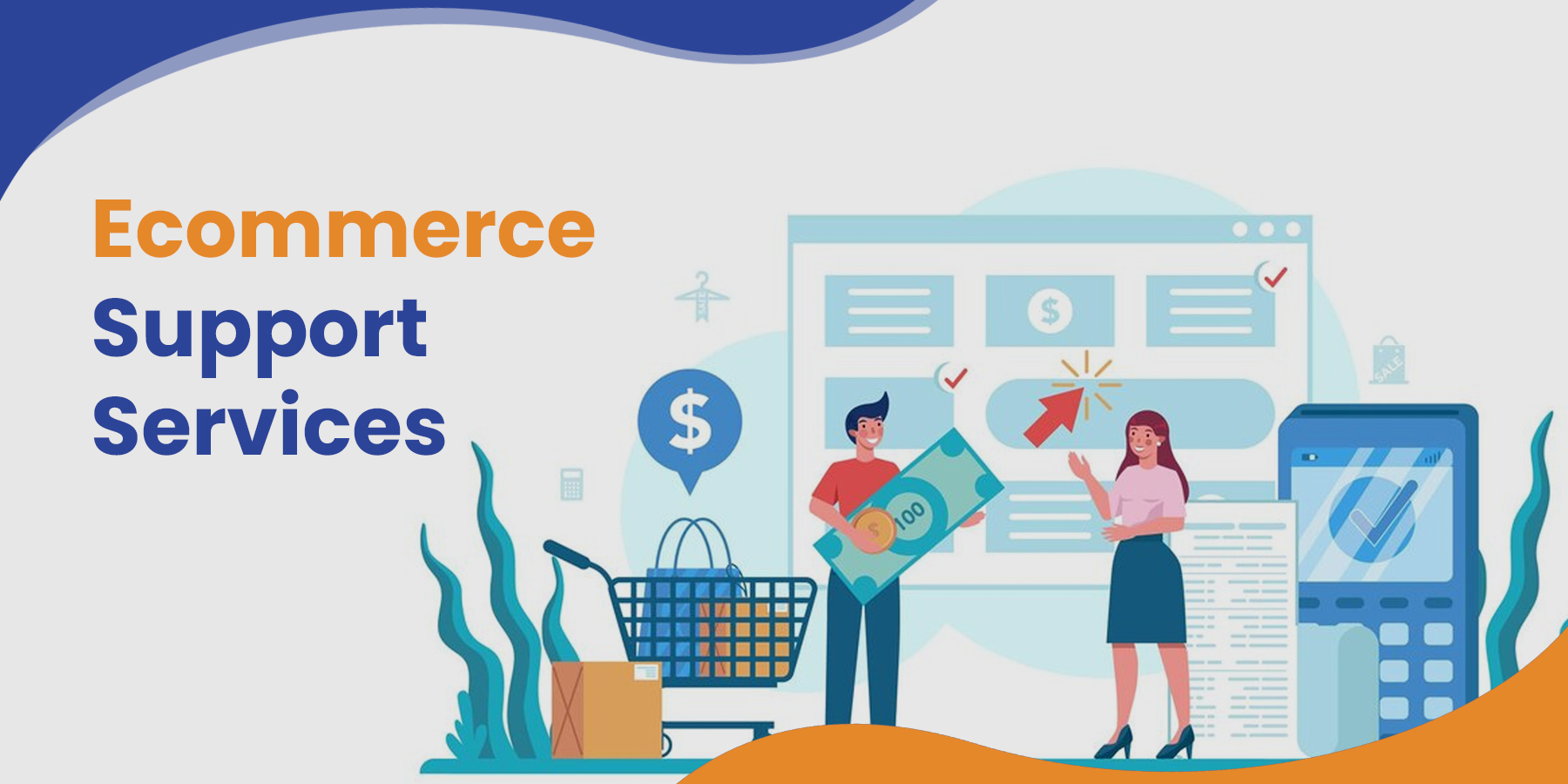
When you’re trying to find your way around the busy world of e-commerce, the ecommerce product list becomes the most important thing. You need more than just a list of goods to make your business stand out in a crowded market. I’ve learned the essential parts of a winning ecommerce product catalog by working with e-commerce brands. Also, studying how successful online shops have worked over the years.
This exploration is a mix of art and science, so design, content, and tactics must be carefully thought out. These are meant to interest and convert the customer who is looking.
The Essence of a Product Catalog in E-commerce
At its core, an ecommerce product catalog bridges what a store offers and its potential customers. It’s where the initial interaction happens, often dictating whether that interaction will blossom into a sale or abandonment. But what transforms a simple listing into a compelling ecommerce product catalog?
- Comprehensive Product Listings: Every item in your catalog should be clearly and thoroughly detailed, giving customers all the information they need to make an informed decision.
- High-Quality Images and Videos: Visuals can make or break your product listings. High-resolution images and videos that show products from various angles. Also, in use, it can significantly enhance the appeal of your catalog.
- Easy Navigation and Search: A well-organized catalog that allows for easy navigation and quick search functionality can drastically improve the user experience, leading to longer browsing times and higher conversion rates.
 The Art of Ecommerce Product Catalog Design
The Art of Ecommerce Product Catalog Design
Designing an ecommerce product catalog is an art form that requires a deep understanding of your audience. You need to do more than just make things look nice. You need to create an experience that leads potential buyers from discovering something to buying it.
- User-Friendly Layouts: The layout should be intuitive, making it easy for users to find what they’re looking for without frustration.
- Consistent Branding: Your catalog should be a reflection of your brand’s identity, using consistent colors, fonts, and styles that resonate with your target audience.
- Mobile Optimization: With an increasing number of shoppers browsing on mobile devices, ensuring your catalog is optimized for mobile is non-negotiable.
Leveraging Competitor Indexing and Outsourcing Services
In a landscape as vast as ecommerce, understanding how your catalog stacks up against competitors is crucial. Competitor indexing involves analyzing how your rivals present similar products. Hence, it provides insights that can help refine your catalog.
- Identify Best Practices: Look at competitors with successful ecommerce operations to identify features and strategies that resonate with customers.
- Outsource Indexing Services: For businesses lacking the time or expertise to conduct comprehensive competitor indexing, outsourcing this task can be a valuable investment, freeing up resources to focus on core business activities.
Outsourcing catalog indexing and e-commerce cataloging services can also streamline the process of building and maintaining a robust product catalog. These services can offer:
- Efficiency and Expertise: Professionals can handle the tedious aspects of catalog management, from data entry to SEO optimization, more efficiently than in-house teams.
- Scalability: As your business grows, outsourced services can easily scale to accommodate an expanding product range and increased catalog complexity.
The Critical Components of a Product Catalog
Delving deeper into the anatomy of a winning ecommerce product catalog, several critical components emerge as indispensable:
- Product Descriptions: Clear, concise, and informative descriptions that highlight key features and benefits while also addressing potential customer questions and concerns.
- Categorization and Filtering: Products should be logically categorized, and filters should be available to allow customers to narrow down their search based on specific preferences.
- SEO Optimization: Implementing best practices for SEO ensures your products are visible in search engine results, driving traffic to your catalog.
- Customer Reviews and Ratings: Including customer feedback can significantly enhance the credibility of your products and encourage purchases.
 The Role of E-commerce Cataloging Services
The Role of E-commerce Cataloging Services
As businesses expand their online presence, managing a product catalog can become increasingly complex. E-commerce cataloging services specialize in the creation, management, and optimization of product catalogs, offering a range of benefits:
- Streamlined Operations: These services can take over the heavy lifting of catalog management, allowing businesses to focus on other aspects of their operation.
- Enhanced Quality: With expertise in what makes a catalog successful, these services can elevate the quality of product listings, improving the overall customer experience.
- Increased Visibility: Professionals can ensure that your catalog is optimized for search engines and marketplaces, enhancing the visibility of your products.
Key Takeaways
As we wrap up our insights into crafting a winning ecommerce product catalog, remember these three core strategies:
- Enhance User Experience: A user-friendly and mobile-optimized catalog is key to engaging customers and boosting sales.
- Utilize Expert Services: Competitor indexing and outsourcing can streamline your catalog management, saving time and enhancing effectiveness.
- Invest in Quality Content: High-quality visuals and detailed descriptions are essential for a compelling product presentation.
I’ve covered essential strategies for a successful ecommerce product catalog. Now, I’d love to hear from you in the comments or on our social media: Facebook, Instagram, and Linkedin. Follow us for more e-commerce tips, and join the conversation to share your experiences and learn.

 The Art of Ecommerce Product Catalog Design
The Art of Ecommerce Product Catalog Design The Role of E-commerce Cataloging Services
The Role of E-commerce Cataloging Services






